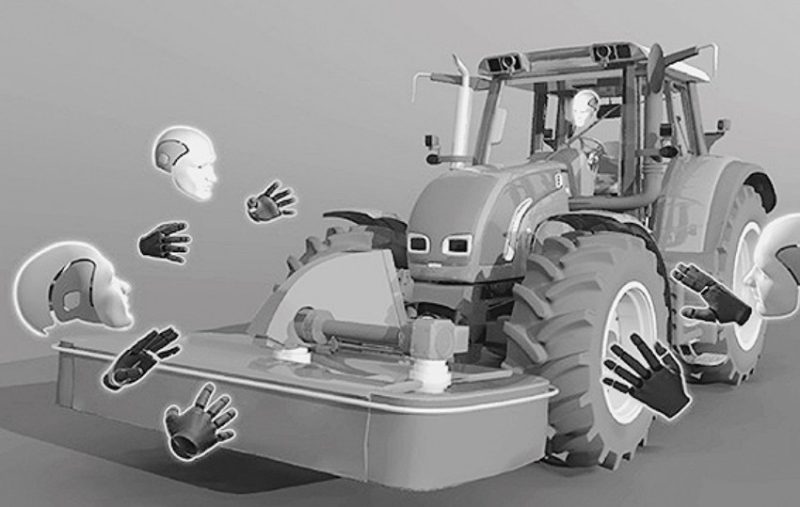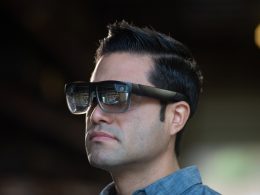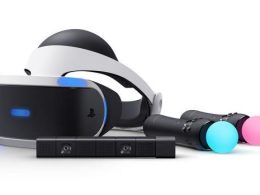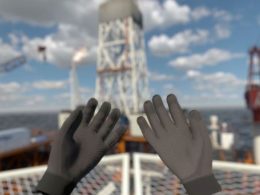Vehicle and machine manufacturers have recognised the potential of virtual reality and are using it for field of view analyses so that future vehicle drivers have the necessary perspective.
Virtual reality is becoming an increasingly important part of business processes and, originally from the gaming industry, has become a more widely used tool in the manufacturing industry. Head-mounted displays (HMDs), for example, now enable companies to implement cost-effective virtual reality solutions. Vehicle and machine manufacturers have also recognised the potential of this technology and are increasingly using virtual reality to support design and for design reviews and product presentations.
But safety-relevant aspects can also be evaluated using VR as early as the product development process.
When the designer becomes the leader
For example, in the development of commercial vehicles - be it earthmoving machines, agricultural machines, industrial trucks, etc. - the future vehicle driver's view of his working environment plays an essential role in avoiding accidents during the subsequent operation of the vehicle. Depending on the industry and vehicle type, there are different standards for field-of-view analyses to evaluate the direct and indirect field of view (indirect means using visual aids, e.g. mirrors, camera-monitor systems). Until now, these complex analyses were carried out on the physical prototype in the early phases of product development.
VR technologies are now taking the lead and playing to their strengths. With the help of VR, the designer virtually becomes the driver of his vehicle. Equipped with an HMD, he takes a seat in the virtual vehicle and now also evaluates the subjective aspects of the view from the cabin.
The VR cluster realised by the Hamburg-based company Reknow in EMM-Check enables the experience of virtual reality even in a team: with several HMDs at one location or distributed worldwide, design reviews and product presentations can be carried out via the internet with several participants at a minimum of the usual costs. In addition, products can be impressively presented in a realistic environment in predefined, customisable VR scenarios. This can be selected and set up from a library of typical scenarios and objects such as people, construction sites, streets, shelves, pallets, etc. This makes a number of scenarios possible. This makes a number of scenarios possible.
Source: allgemeinebauzeitung








